The Challenge of Modern-Day Brand Marketing
Creating a Powerful Brand Experience Founded on Truth and Science – Rather Than Trends.

Brian Fallers
If you have not already done so, we invite you to read Volume One of this Archetypal Branding Series to learn the basics about Truelio’s unique brand development methodology.
Branding is complex, and the most successful branding methodologies don’t cut corners or limit exploration to simple qualitative reasoning. Effective branding incorporates a unique blend of art and data-based science to create an identity and culture that features your company’s most important asset—your people. The end product is an expertly developed brand that emotionally and subconsciously connects with consumers, establishes trust and creates loyalty.
The Science of Authenticity.
Over the past decade, brand authenticity has emerged as a popular theme in marketing and branding. At a very basic level, brand authenticity simply means a brand presents itself to prospects and customers in an authentic and genuine manner. A psychological perspective provides a different vantage point. In the words of the Journal of Consumer Psychology, brand authenticity is “the extent to which consumers PERCEIVE a brand to be faithful toward itself, true to its consumers, motivated by caring and responsibility, and able to support consumers in being true to themselves.”
The magic of truly successful and emotionally-driven brands lies in their ability to connect with consumers at a subconscious level. While some companies may incorporate Carl Jung’s archetypal theory into their brand storytelling, most do not fully harness its true power. When combined with behavioral science, archetypal branding can lead to next-level transformation and creative development. The end result? A visual and verbal brand identity that authentically and subconsciously connects your culture and values with the world.
Below are some examples of how you can use the science of archetypal branding in your own marketing and branding initiatives.
The Psychology of Typography
Unless you’re a brand nerd, the connection between typography and psychology may not seem obvious. But typography is an important element in expressing your brand identity. As we go through life, our brains are continually gathering and organizing data about our experiences, from the nonstop barrage of advertising to our constant interactions with others. Our brains are also wired to look for patterns—to make connections between what we’re seeing and what we’ve experienced in the past. So, how does this relate to typography and fonts? Consumers have experienced fonts throughout their lives, through online content, newspapers, billboards, product branding, etc., and have developed subconscious associations with specific fonts.
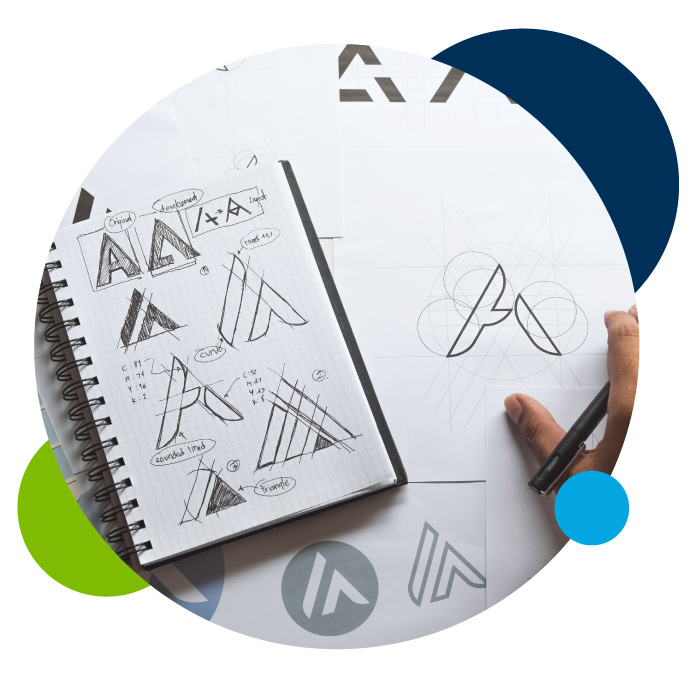
Imagine the power of selecting a font that already has a psychological narrative in the minds of your target audience—one that evokes the emotional connection you want people to have with your brand and shapes their experience with your company. For instance, serif fonts can be mapped to Ruler, Sage and Lover archetypes, which symbolize stability, reliability, tradition, trust and knowledge. Sans-serif fonts are more modern, direct and practical—great for brands seeking to represent innovation. As a result, they are most suitable for Hero, Explorer and Innocent archetypes.
Truelio’s archetypal DNA of Hero, Every Person and Magician led us to select Avenir (a geometric sans-serif typeface) as our logo font because it embodies confidence while also being simple, highly legible, traditional, straightforward and classic. Our logo typography strategy also includes the use of lowercase letters to project approachability while conveying our quiet and humble confidence.
Identifying a typography strategy and selecting a font that connects with your customers and prospects, while creating a subconscious connection in their brains, is a much more complex process than you might expect.
The Emotional Connection of Color
As with typography, humans are wired to respond to certain colors and associate each with specific feelings and emotions. For example, the Innocent archetype symbolizes youthfulness, simplicity, optimism, perfection and happiness, so its color gamma includes light blues, pinks, reds and greens. Pastels and lots of white are preferred over black or gray. On the other hand, decades of human psychology and behavioral science tell us that Ruler brands are most aligned with the darker blues, as they represent loyalty, control and security. Dark purples are an authentic match as they symbolize nobility and luxury. Gold and black are also popular colors for Ruler brands, as both colors project power, elegance, prosperity and leadership.
Innocent Brands

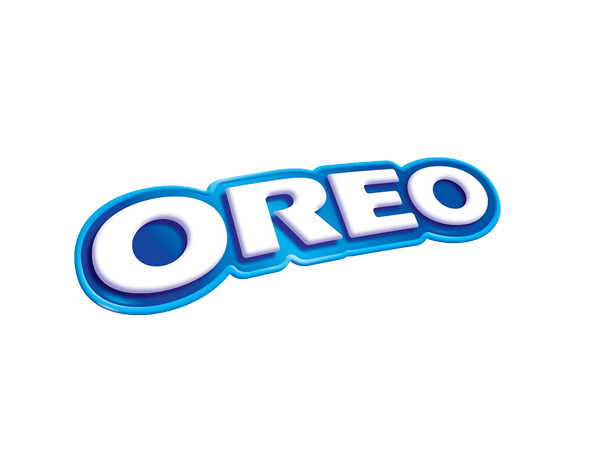

Ruler Brands
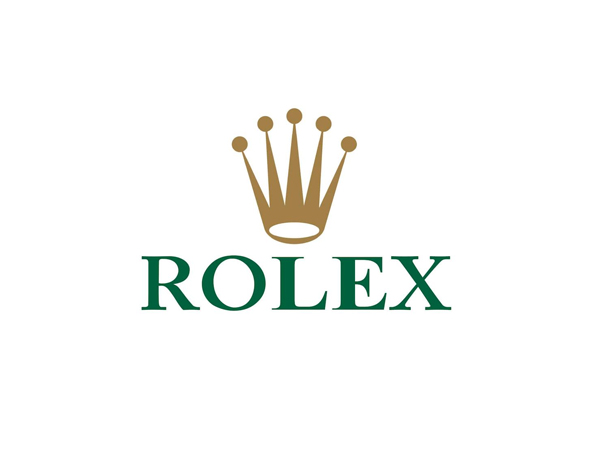
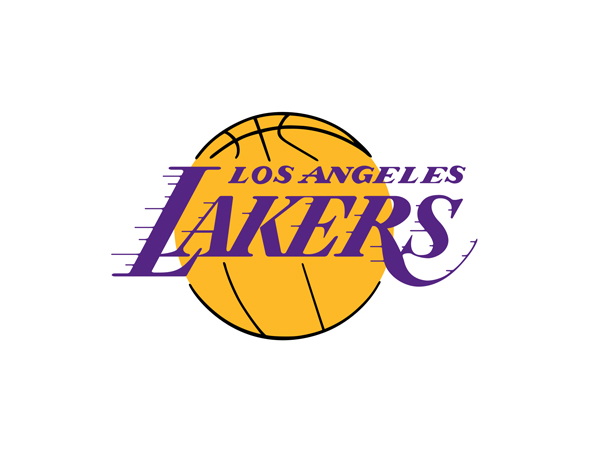

As you’re developing your own color strategy, it’s important to consider a palette that encompasses your full archetypal makeup. For instance, Truelio’s primary color is Pantone 540 (we call it True Blue) as it’s a dominant color for our primary archetype of Hero. The complementing colors of Pantone 376 (Compassion Green) and 2995 (Bright Blue) symbolize our Every Person and Magician secondary archetypes.
Whether you’re considering a rebrand or developing a marketing campaign, it’s crucial to understand the impact your colors have in creating an emotional connection with your audience. First impressions mean everything and your colors are part of your brand’s curb appeal.
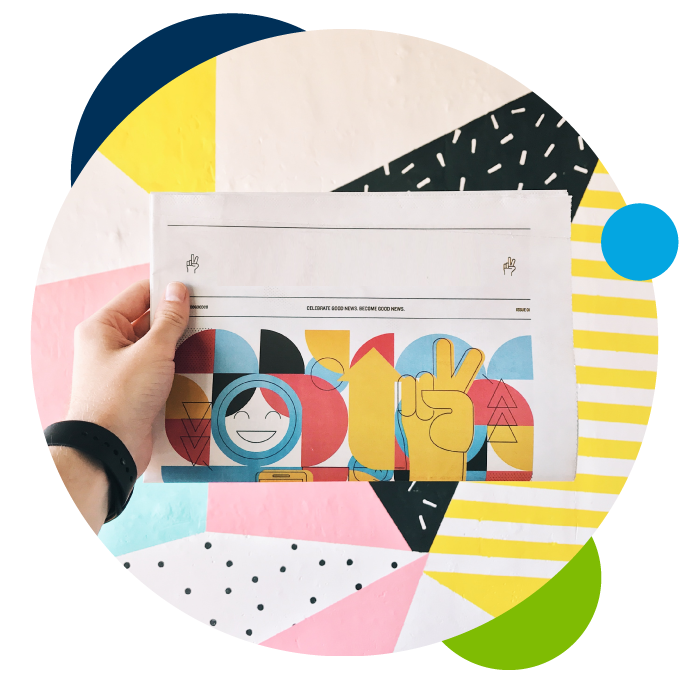
Linking Iconography to Emotions
Your iconography strategy also has an important role in evoking a subconscious emotion in the human mind. Behavioral science research has helped us define the emotional associations of certain shapes to human perception. For example, squares and rectangles are the most common shapes we encounter in our everyday lives. We see them all around us, in buildings and books, mobile phones and monitors. Their straight lines and right angles give us a sense of reliability and security, reminiscent of the Ruler and Innocent archetypes. Triangles are energetic and are most associated with movement. When upright, triangles evoke feelings of stability and balance, which are emotions shared by the Hero, Explorer, Magician and Creator archetypes. Circles and ovals are powerful portrayals of community, friendship, love, perfection, timelessness and unity. Rings have a close association with marriage and partnership; with no end or beginning, they also suggest stability and endurance. Brands with an Every Person archetypal DNA commonly use circular shapes as a core brand element. Our own Truelio logo and identity use the circle as the foundation of our brand iconography.

Interested in learning more about archetypal branding?
Contact us for a complimentary consultation to find out how we inspire a more authentic, engaging and science-based brand experience.


